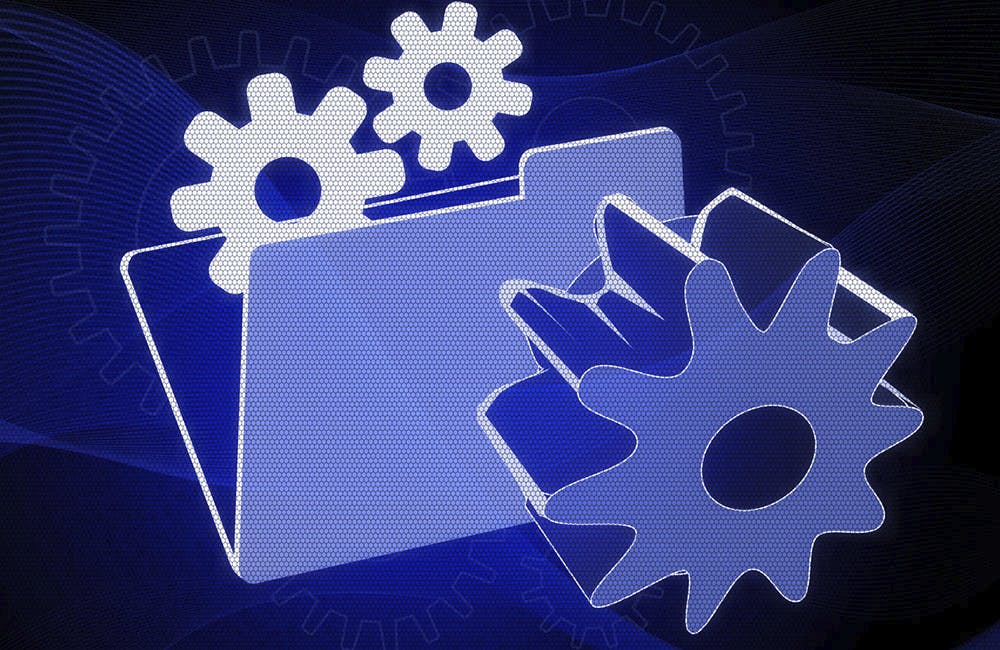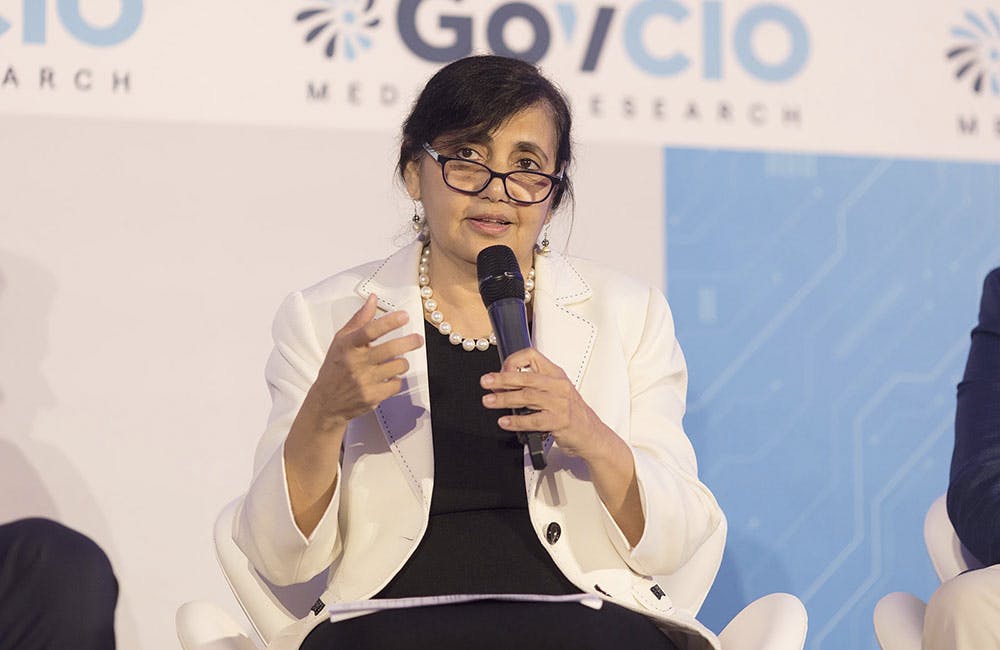DOJ Tackling Business Processes to Support Records Management
The agency is looking at new tools that are supporting both content and program management.

The Department of Justice’s records office lead is emphasizing the unit’s approach to business processes in its technical endeavor to complete its transition to electronic recordkeeping along with all over federal agencies in 2022.
“In terms of business foundations, I think we fail or misstep when we only look at acquiring tools and putting tools in place. The business foundations support our business readiness to use these tools,” said Jeanette Plante, director of the agency’s Office of Records Management Policy, e-Discovery, and FOIA, at an FCW event last week.
The agency is looking to create and retain a specialized workforce with the skillsets needed to support both the mission and business foundations, with Plante noting that the business unit is equally as important as the technology.
“The kinds of technical tools that we need, and for which we require a good integrated, working relationship with the information technology side of the house, are the automated tools that help us manage a program,” Plante said. “We need data maps, we need tracking tools, we need relational databases.”
As such, the agency is looking to integrate technical tools not only supporting content, but also program management.
One way DOJ is doing this is by modernizing its Justice Records Control Schedule, a database that holds all of the agency’s records schedules and provides access to streamlined mechanisms for creating inventory. The platform also allows components to build file plans and taxonomies.
“We need de-duplication applications and electronic-finding aids,” Plante said. “We need to move to electronic information — but those are business actions. The tools serve the business function, and they’re not actually records management applications.”
DOJ is also looking to implement more tools for e-discovery search, storage and access.
“I have IT staff that are essentially on detail, but actually work for the CIO. We have, through a memorandum of understanding, defined and organized how we manage the discovery piece of this jointly because there are so many factors that require sophisticated IT knowledge and so many that require sophisticated business knowledge,” Plante said.
The agency is building out an ecosystem for records and information management to better manage repositories, processes and stakeholders. It currently has a model of the various layers of connections between people, repositories and communications, and plans to use it to identify where it needs additional policies and standard operating procedures.
“We expect to use this ecosystem model as a business tool to help us define better with whom we should be working, what input we need to be providing to those partners in trying to manage the records and information management,” Plante said, adding that there will be continued collaboration between the IT teams and business units for future new systems or tools.
Plante has also proposed a unified agency information management strategy to identify shared objectives. Such a plan would provide better understand of limitations and value in all records and information management efforts.
This is a carousel with manually rotating slides. Use Next and Previous buttons to navigate or jump to a slide with the slide dots
-

Inside DOD’s Push to Grow the Cyber Workforce Through Academia
Diba Hadi gives her first interview since becoming principal director of the DOD’s Cyber Academic Engagement Office.
15m listen -

Agencies Tackle Infrastructure Challenges to Drive AI Adoption
Federal agencies are rethinking data strategies and IT modernization to drive mission impact and operational efficiency as new presidential directives guide next steps.
5m read Partner Content -

Generative AI Demands Federal Workforce Readiness, Officials Say
NASA and DOI outline new generative AI use cases and stress that successful AI adoption depends on strong change management.
6m read -

The Next AI Wave Requires Stronger Cyber Defenses, Data Management
IT officials warn of new vulnerabilities posed by AI as agencies continue to leverage the tech to boost operational efficiency.
5m read -

Federal CIOs Push for ROI-Focused Modernization to Advance Mission Goals
CIOs focus on return on investment, data governance and application modernization to drive mission outcomes as agencies adopt new tech tools.
4m read -

Fed Efficiency Drive Includes Code-Sharing Law, Metahumans
By reusing existing code instead of rewriting it, agencies could dramatically cut costs under the soon-to-be-enacted SHARE IT Act.
5m read -

Agencies Push Data-Driven Acquisition Reforms to Boost Efficiency
New initiatives aim to increase visibility of agency spending, improve data quality and create avenues to deploy solutions across government.
5m read -

Data Transparency Essential to Government Reform, Rep. Sessions Says
Co-Chair of the Congressional DOGE Caucus Rep. Pete Sessions calls for data sharing and partnerships to reduce waste and improve efficiency.
5m read -

DOD Turns to Skills-Based Hiring to Build Next-Gen Cyber Workforce
Mark Gorak discusses DOD’s efforts to build a diverse cyber workforce, including skills-based hiring and partnerships with over 480 schools.
20m listen -

AI Foundations Driving Government Efficiency
Federal agencies are modernizing systems, managing risk and building trust to scale responsible AI and drive government efficiency.
40m watch -

Trump Executive Order Boosts HBCUs Role in Building Federal Tech Workforce
The executive order empowers HBCUs to develop tech talent pipelines and expand access to federal workforce opportunities.
3m read -

Navy Memo Maps Tech Priorities for the Future Fight
Acting CTO’s memo outlines critical investment areas, from AI and quantum to cyber and space, as part of an accelerated modernization push.
5m read
















